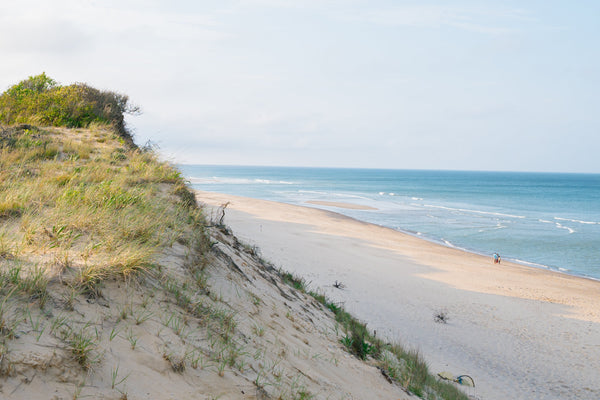cape cod's best beach shack since way back
cape cod's best beach shack since way back
Spring Paddle Boarding on Cape Cod
April 10, 2019 0 Comments

Planning for Spring paddle boarding on Cape Cod
It's time to hang up the skis and pull the paddle board down from the garage. Spring has sprung on Cape Cod and Summer is approaching as fast as a traffic jam on the Bourne Bridge on a Friday night in July. But with the longer days and rising temps our desire to get out on the water and start paddle boarding.
Your friends at MOCEAN Cape Cod would like to offer a series of posts offering tips for Spring paddle boarding on Cape Cod. We suggest you consider these as you get ready to hit the water and get paddling. In part I we address the most important place to start BEFORE heading to the water to start paddle boarding:
1. Check your gear.
It's the perfect time to take out your gear and take five minutes to look it over. Is your paddle board water tight? Any dents or dings? has it taken on any water? if you find dents, dings or cracks, have they created soft spots on your board? if so, you may have water IN your paddle board and that is a BAD thing. Get it in the house, maybe in a dry basement and start getting it dried out. If you have cracks, it's time to repair them or contact us for help. REMEMBER: there are different materials that boards are made with and they have to be repaired with the RIGHT "stuff" using the wrong "stuff" can melt your board or cause even more damage. Pay attention to the fin box, plugs, and the handle area.
Your paddle board paddle is your ENGINE. It's arguably the most important piece of gear. Saltwater causes havoc on aluminum paddles that are not cared for. They need to be rinsed with fresh water after each paddle, as should any paddle. We suggest taking them apart and rinsing after each adventure and only putting them back together when you are getting ready to hit the water again. Fiberglass and Carbon Fiber paddle board paddles should be carefully inspected to make sure that they are not splintering. Inspect for cracks and fractures on the blade and the shaft and even on the handle. MOCEAN highly recommends a paddle bag to protect your paddle from nicks, scratches, and chips.
The PFD or personal floatation device aka lifejacket should be functional, appropriate and fit well. If it is full of mildew or mold or salt water residue, it may be a smelly mess and about the last thing you want to zip up prior to hitting the water. Rinse or handwash with mild detergent and fresh water and allow to dry. Lubricate zippers with an ocean friendly lubricant. If you have a TYPE 3 inflatable device, you should unpack, repack and make sure that the CO2 canisters it correctly installed and up to date.
A note on Spring paddle boarding and life jackets
The US Coast Guard sets standards for PFD use. This can be enforced by local law enforcement, harbor masters and the coast guard. Each person on the vessel (a paddle board is considered a vessel) must posses a properly sized lifejacket. While we recommend ALWAYS wearing a life jacket, we realize sometimes people will attach them to their boards. Massachusetts REQUIRES that paddlers WEAR their PFD from September 15 to May 15 due to the potential for hypothermia. Fines can be levied during these times if you are found paddling without your PFD properly on.
WEAR YOUR PFD. LIFE JACKETS SAVE LIVES.
Your LEASH can be as important as your PFD in helping you while in distress. Wearing a leash that is the proper length will help keep your board close by and it might be your best device for safely getting back to shore or waiting for help if the weather changes. Check you leash for fraying or damage and do not forget to check the LEASH STRING that loops through your board. These are very inexpensive and should be replaced if you see any wear. Make sure your paddle board leash swivels function and that the velcro holds without any problems.
Apart from the above, it is also good to take a minute and inspect other gear you may be using. If the THULE box is coming off the car from ski season, check your cross bars and straps that you use for transporting your paddle board. Straps can get salt washed & sun burnt causing them to become brittle and fail. For under $20, we recommend replacing them if the cam locks do not function properly or if the straps show wear.
Be sure to check out PART II of our guide discussing dressing properly for the weather UNDER the board (not on it).
Subscribe
Sign up to get the latest on sales, new releases and more …

welcome!
We would love to welcome you to our family. sign up for promotions, exclusive events, and much more!
